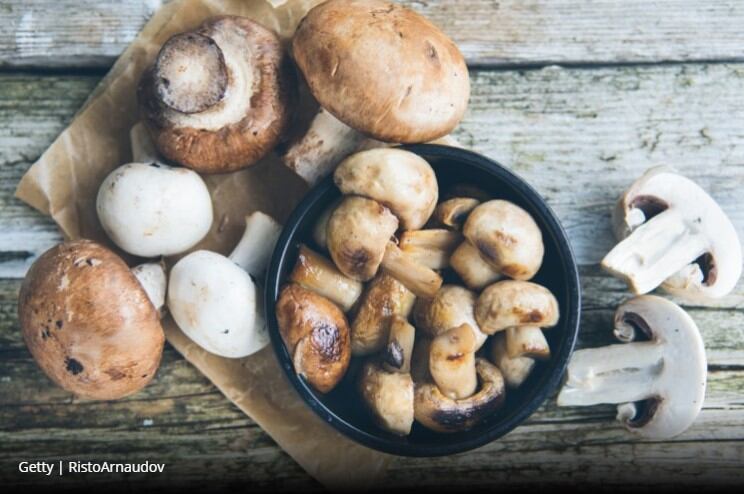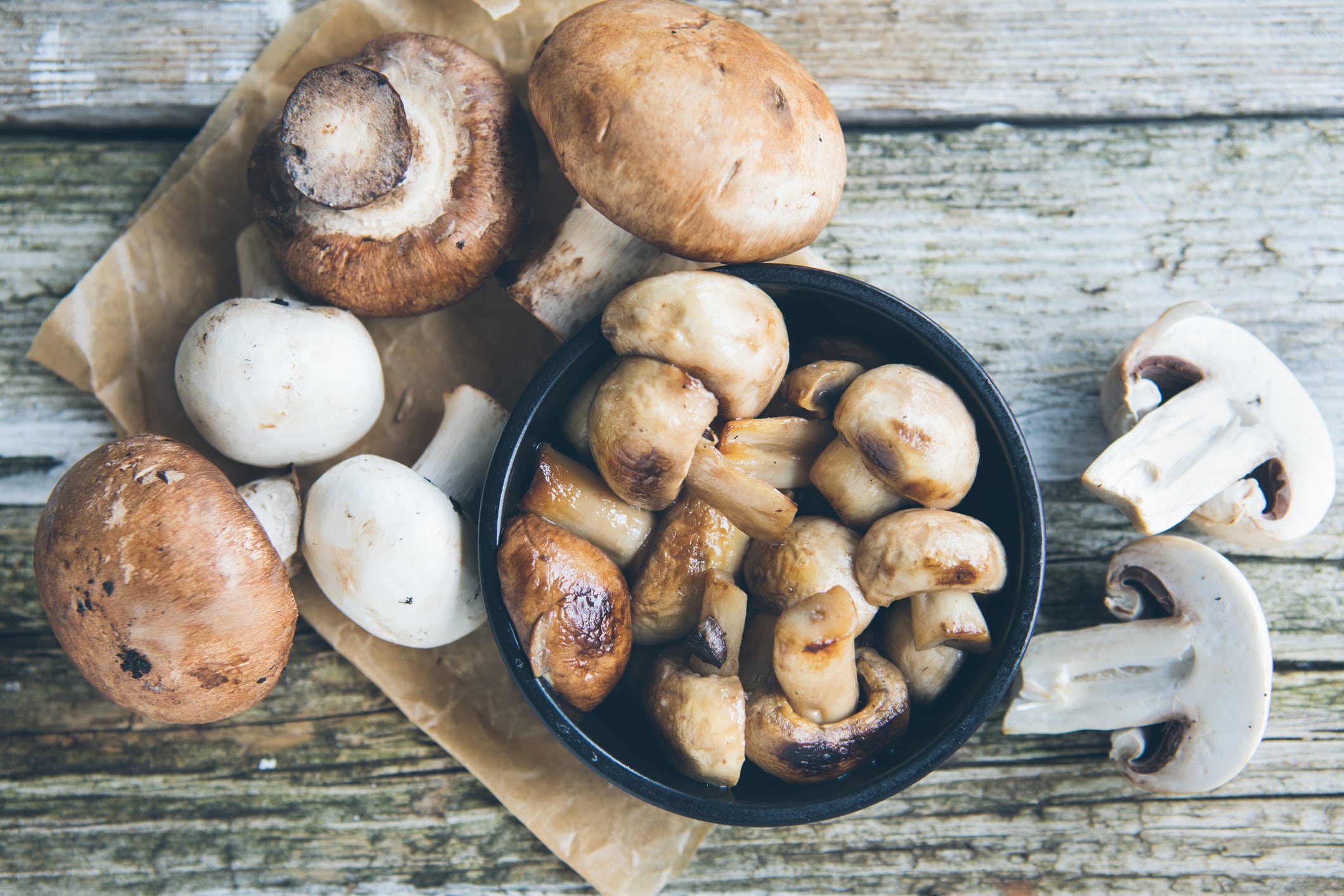Writing in Food Science & Nutrition, the US team found the addition of an 84 gram(g) serving contributed to an increase in dietary fibre (5%–6%), copper (24%–32%) and phosphorus (6%).
Other nutrient increases include potassium (12%–14%), selenium (13%–14%), zinc (5%–6%), riboflavin (13%–15%), niacin (13%–14%), and choline (5%–6%) in both adolescents and adults.
Addition of mushrooms exposed to UV light to increase vitamin D levels to 5 micrograms per serving (µg/serving) also almost doubled vitamin D intake (98%–104%) and decreased inadequacy.
“This research validated what we already knew that adding mushrooms to your plate is an effective way to reach the dietary goals identified by the Dietary Guidelines for Americans (DGA),” says Mary Jo Feeney, nutrition research coordinator to the Mushroom Council.
“Data from surveys such as NHANES are used to assess nutritional status and its association with health promotion and disease prevention and assist with formulation of national standards and public health policy.”
Mushrooms have long been a part of the human diet and used as both foods and medicine. Considered a low fat, low calorie food, they are an important source of nutrients and bioactive compounds.
Mushrooms are rich in many B vitamins, selenium, copper, potassium, and fibre and can be an abundant source of vitamin D when exposed to UV light. Mushrooms contain a variety of phenolic antioxidants as secondary metabolites.
The vegetable is one of the best dietary sources of sulphur-containing antioxidant amino acid ergothioneine and tripeptide glutathione.
NHANES data
Team members, Dr Victor Fulgoni and Dr Sanjiv Agarwal used data drawn from the National Health and Nutrition Examination Survey (NHANES) 2011-2016.
From this survey they began adding white, crimini and portabella mushrooms at a 1:1:1 ratio. One experimental scenario included adding 84g or ½ cup equivalent serving of UV-light exposed mushrooms or oyster mushrooms for children aged 9-18 years and adults 19+ years of age.
Nutrient increases also included iron (2.32%), thiamine (4.07%), folate (3.66%), and vitamin B6 (4.64%) in adults only, with no impact on energy, carbohydrate, fat, or sodium.
Addition of a mushroom serving also decreased the % below Estimated Average Requirement (EAR) for copper, phosphorus, and riboflavin for those 9–18 years and for copper, phosphorus, selenium, zinc, thiamine, riboflavin, niacin, folate, and vitamin B6 for those 19+ years
The addition also increased the % above Adequate Intake (AI) for potassium for both age groups.
Addition of oyster mushrooms additionally increased 12%–13% vitamin D, and 12%–15% choline in the NHANES 2011–2016 diets.
“Mushrooms are rich sources of critical bioactive phytonutrients in addition to important vitamins and minerals,” the paper writes in its discussion of its findings.
“Ergothioneine and glutathione contents in mushrooms very considerably depending upon the mushroom varieties.
“Oyster mushrooms contains significantly more amounts of these sulphur containing antioxidants than commonly consumed mushrooms: white button, crimini, or portabella mushrooms.”
Strengths and weaknesses
While the study benefited from using a large, nationally representative database to assess food and nutrient intakes, limitations included the intake data from NHANES, which was self‐reported.
The team pointed out that this approach relied on memory and was therefore subject to reporting bias.
They also said the results presented were based on modelling to evaluate the maximum effect of adding mushrooms and may not reflect actual individual dietary behaviour.
However, such modelling offers a technique to test potential nutritional impact of dietary guidance.
“Addition of mushrooms to NHANES 2011–2016 diets increased several micronutrients including “underconsumed” and “shortfall nutrients” and had a minimal or no impact on overall calories, sodium, or fat,” the paper concludes.
“These results suggest that inclusion of mushrooms in the diets may be one effective approach to help Americans to reach dietary goals identified by DGA (USDHHS/USDA, 2020).”
Source: Food Science & Nutrition
Published online: doi.org/10.1002/fsn3.2120
“Nutritional impact of adding a serving of mushrooms on usual intakes and nutrient adequacy using National Health and Nutrition Examination Survey 2011–2016 data.”
Authors: Victor Fulgoni & Sanjiv Agarwal




